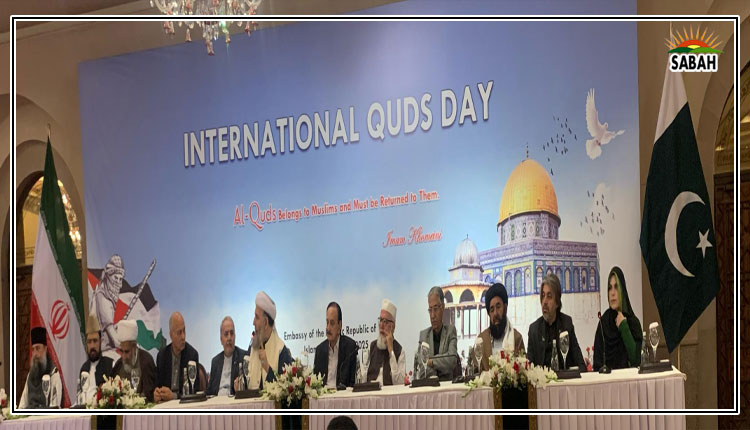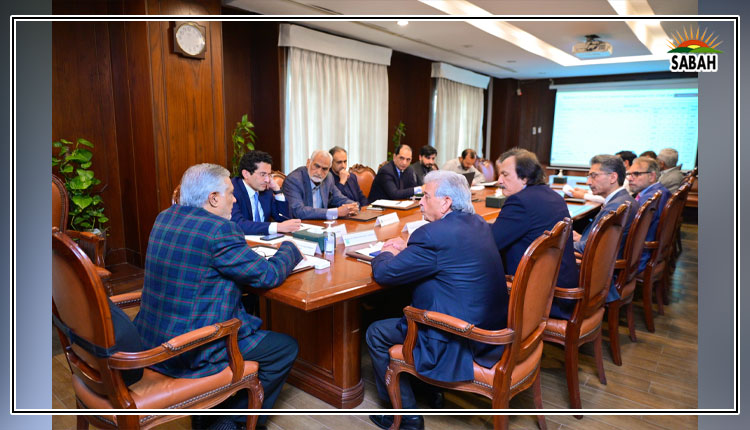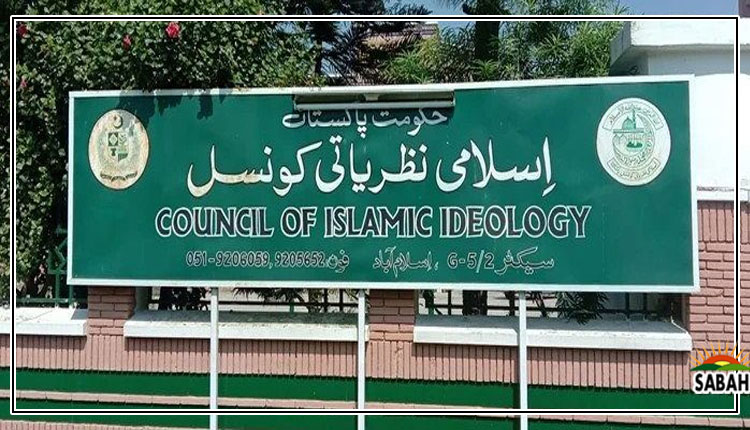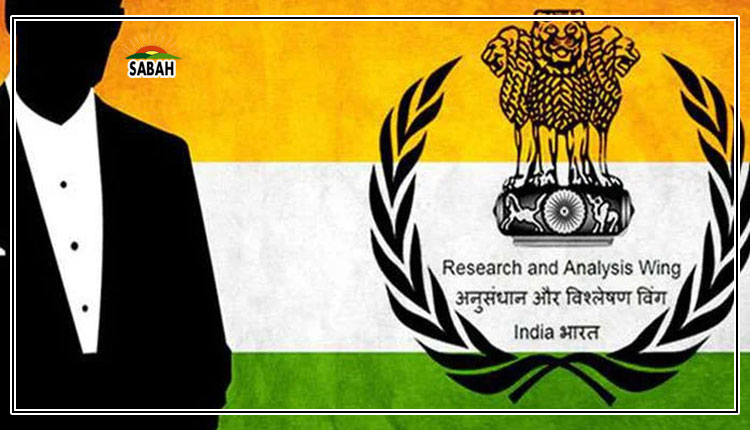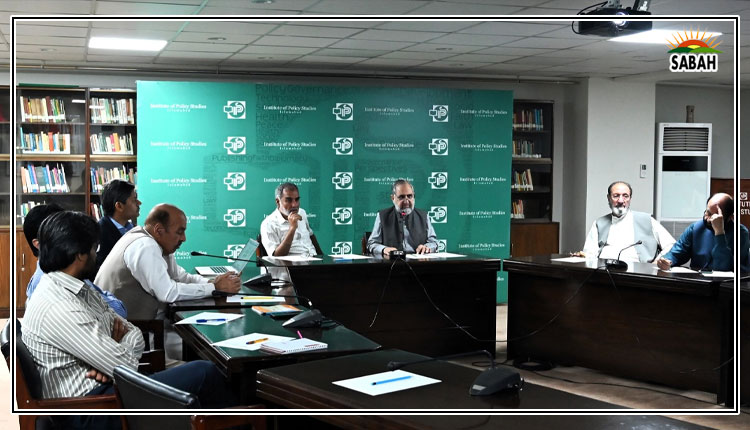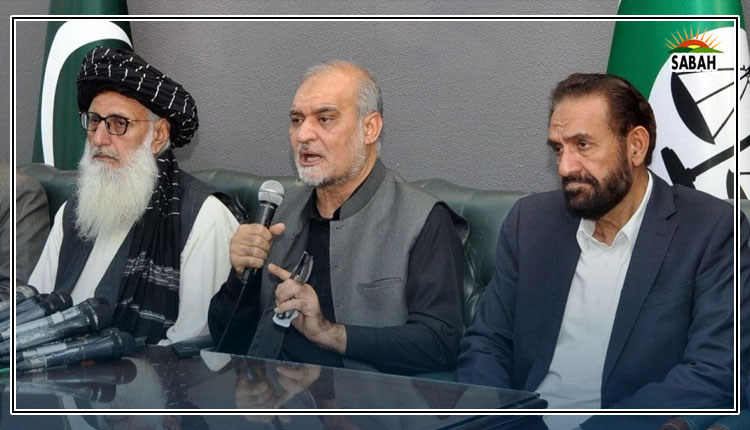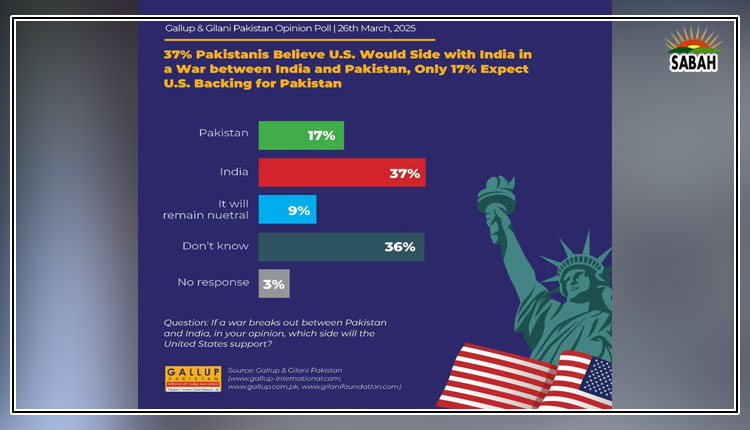Climate-conflict nexus ….Ali Tauqeer Sheikh
DISASTERS triggered by climate change leave deep scars. The impact is not just about the loss of lives and damage to properties; disasters also threaten social cohesion and exacerbate local economic, sociopolitical, religious, sectarian, and ethnic divides.
In Pakistan, these are now being compounded by frequent and severe climate disasters. Emergent climate-triggered conflicts at the community level are complex and of long duration. Addressing them requires fresh approaches, governance systems, and climate-smart and participatory conflict resolution processes.
Climate threats have not spared any region in Pakistan. They manifest themselves in floods, droughts, heatwaves, glacial outbursts, seawater intrusion, and tropical storms. The list is long — and growing. In fact, some areas now face what climate scientists call compound impact disasters; that is, one extreme weather event (EWE) triggering another.
The climate-conflict nexus often intensifies resource-based clashes arising from the absence of clear land tenure systems, water insecurity, crop failure, commodity price hikes, and environmental degradation. The last one also reduces the ecosystem’s capacity to support our growing population.
Climate-triggered disasters potentially stoke new or old and simmering community-level tensions that turn into outright conflicts. These are intensified by the slow onset of climate change. Growing social inequalities, low economic growth, displacement, migration, and weak institutions make matters worse.
It must be recognised that climatic change does not always cause conflicts. It does, however, provide the fuel for prevailing environmental, economic, and social factors to turn into conflicts. It is important to recognise that EWEs accelerate the need for adaptation by communities, but also reduce the latter’s ability to adapt on their own.
Climate-triggered disasters potentially stoke new or simmering community-level tensions.
Upper Hunza, for example, has become a hotspot for glacial outbursts. Gilgit hosts the victim communities of the Attabad EWE, where a landslide created an artificial lake in 2010. As a result, Gilgit city, where several neighbourhoods are already prone to sectarian violence between the Shia and Sunni sects, now also has displaced Ismaili communities.
They face resentment from the local populace as they move in and compete for the same resources and municipal services. In the absence of any conflict-resolution and peace-building institutions or other mechanisms, already simmering ethnic and sectarian undercurrents can be exploited by extremist clergymen.
The measures of simple climate adaptation have needlessly become complicated in countless similar situations. On the Sindh-Balochistan border, for example, conflicts between herders in the Jacobabad-Sibi region are common. Historically, whenever drought conditions intensified, herders from Balochistan migrated towards Sindh.
This is now forcefully resisted by host communities who are already suffering from cycles of prolonged droughts and floods. Seasonal herders, known as kuchis and pawindas, traverse Afghanistan, parts of KP, Gilgit-Baltistan and Punjab.
They now face competition and conflict — from the Deosai national park in GB to the newly merged districts in KP, and the Salt Range in Punjab. At all these places, historically established grazing and water-user rights are being violated because of the intense commercialisation of the shaamlats or communal lands. The cancerous climate-conflict nexus has become visibly stronger over time.
Globally, resource-based conflicts and insecurities limit a community’s ability to adapt to or cope with climate shocks. Examples can be seen in ethnic and sectarian conflicts in Karachi, where many communities migrated because of environmental and climate-induced local conflicts in various parts of the country.
The pattern of climate-induced floods and droughts has resulted in migration and displacement. Regular torrential rains and flash floods have intensified movement from south Punjab to different parts of the country, where local populations sometimes resent the presence of new entrants. Only recently, eight labourers from south Punjab were killed in the newly merged districts, ostensibly due to their ethnicity.
These problems add to security risks. Prolonged military rule and the fragility of democratic institutions have weakened community-based policymaking and conflict-resolution capacities, thus contributing to an increase in local conflicts.
Since the democratic system has in the past been frequently interrupted, all political governments faced uncertainty regarding their continuity. Hence, in order to show immediate results to voters, short-term bias in decision-making has become the norm, prioritising immediate goals over long-term climate action.
Further, electoral cycles do not match the decadal timescales of climatic changes. Political parties and other actors have yet to grasp its gravity and urgency. If mainstream national political parties like the PPP, PML-N, and PTI have failed to integrate the climate-conflict nexus in their manifestos, so have the proponents of national security, national climate, national water, and countless other national and provincial policies.
Worse, even if such policy instruments were developed, they cannot deliver in the absence of local governments and robust local institutions. And they are clearly not on the horizon of the policymaking community for the February elections. It is about time we recognised that the climate challenge needs robust local institutions that can ensure the continuity of policies.
The government’s failure to rein in this problem poses a serious non-traditional threat to national security. A quick review of the work of the country’s leading think tanks, mostly based in Islamabad, shows that the challenges posed by climate change, let alone the climate-conflict nexus, are barely attended to by them.
Hardly any university offers courses on conflict resolution and consensus-building. None of the larger community-based civil society organisations, including the erstwhile RSPs or rural support programmes, designed interventions to redress climate-triggered local disputes. Laws and procedures dealing with alternative dispute resolution have remained mostly unimplemented and are unresponsive to emergent climate change contexts.
We have several law-enforcement institutions that are called upon to maintain law and order. But where are the institutions in the country to proactively resolve and manage conflicts?
Climate hazards intensify conflict dynamics. Climate disasters erode human security, amplify other conflicts and exacerbate fragility. The natural environment has become a casualty of conflict in several parts of the country. Pakistan’s climate security policies need to adapt to rapidly changing realities, and institutions need to develop capabilities to absorb climate shocks and risks in order to proactively avoid local conflicts, domestic instability, and civil unrest.
The writer is an Islamabad-based climate change and sustainable development expert. The article is based on his talk at the Islamabad Policy Research Institute.
Courtesy Dawn, January 18th, 2024


